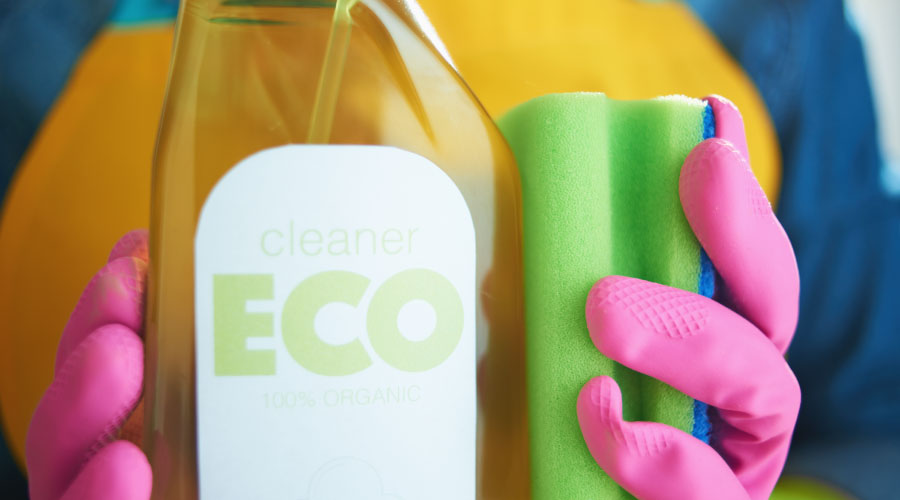How To Maximize Your Water Efficiency Efforts
While energy efficiency is still the star of most sustainability efforts, water is stepping up from supporting cast to featured player. With extreme droughts and water shortages becoming more common, water will continue to become more important, which means facility managers need to start thinking about how to cut down on water consumption. Here's how to maximize your water efficiency efforts.
While facility managers can easily decrease water use by buying new faucets, toilets, and urinals to replace old ones, more needs to be done than simply installing a new fixture and forgetting about it. Maintenance, occupant behavior, and infrastructure challenges can all lead to more water use than expected, or unexpected expenses such as having to clean out sanitary drain lines more frequently.
For facility managers looking to save water, keeping these things in mind can help ensure they’re getting the most from their water efficiency efforts. After all, water may be relatively cheap, but that doesn’t mean it’s literally cheap, says H.W. “Bill” Hoffman, senior technical advisor, Water Management, Inc.
“Water’s costing a penny a gallon now, and they can fritter away thousands of dollars a day in an office building with just some leaky flush valves and faucets,” says Hoffman.
Fixture-uppers
To start, look for opportunities to upgrade old fixtures, which, depending on their age, could be using as much as 70 to 80 percent more water than up-to-date fixtures. Faucets, toilets, and urinals can all be upgraded to use substantially less water.
Toilets offer some of the greatest opportunities. Older buildings may have toilets that are using 3.5 or even 5 gallons per flush, and newer, low-flow versions use between 1.28 and 1.6 gallons per flush, and in some cases even less. Dual-flush toilets can use a lower flush rate for liquid waste and a higher flush rate for solids.
“It’s usually a higher capital investment to replace those, obviously, but you can see a lot of savings, especially if they’re in high-use areas,” says Becky Fedak, water practice lead, The Brendle Group.
Urinals have seen similar efficiency improvements, with flush rates moving below a gallon per flush as opposed to earlier models that used 2 to 3 gallons per flush. Some models now use a pint — 1⁄8 of a gallon — per flush. If you think about how many times a urinal is flushed in a day, cutting water use from even a relatively new, 1 gpf model to 1⁄8 of a gallon quickly adds up.
One other option is waterless urinals, which use a barrier fluid that waste passes through instead of flushing water through the system. However, waterless urinals do require more specialized maintenance and can carry a stigma due to previous issues with odor and complaints. Mitch Clemente, mechanical project manager, Westlake Reed Leskosky, and vice president, technical, American Society of Plumbing Engineers, says that in many cases, clients may reject waterless urinals, which often leads to suggesting the pint models instead.
“I think people understand how (waterless urinals) must be maintained better today than they did a few years ago,” says Clemente, “but they have to be maintained much differently than a standard urinal that uses water to flush, and some building owners just don’t want to incorporate that additional work to maintain those fixtures.”
Related Topics:














